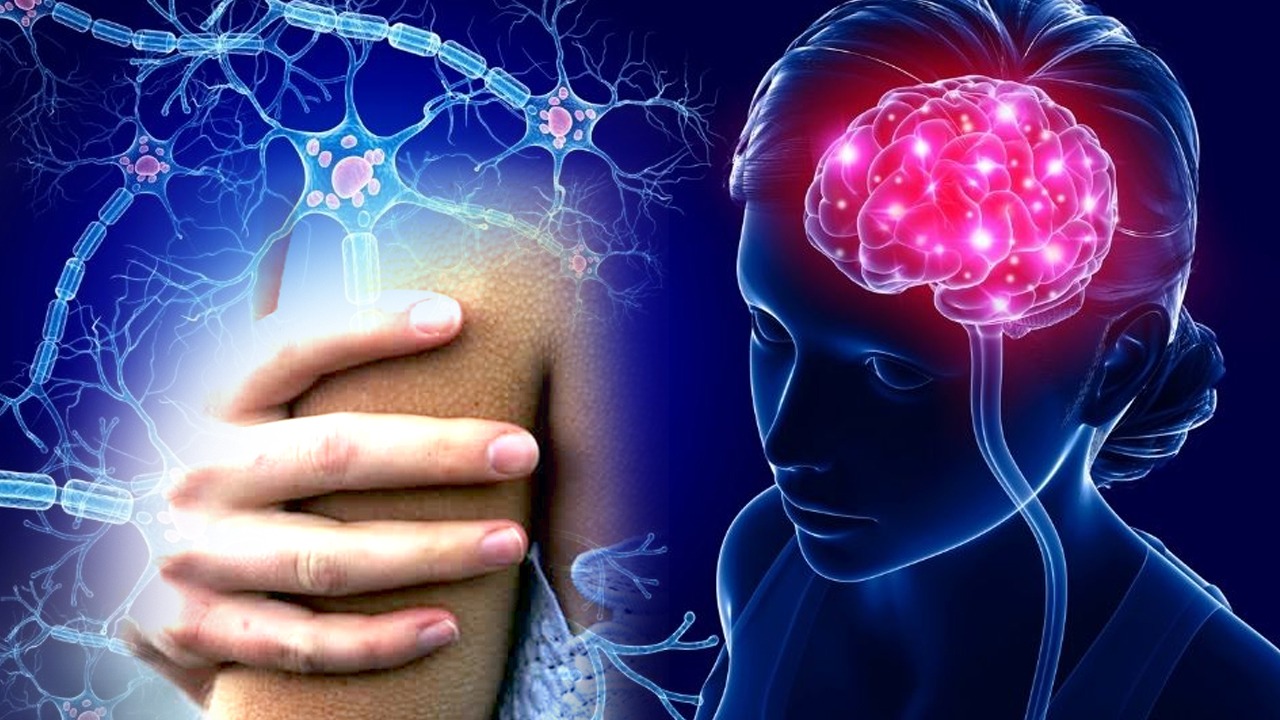 English
English

Goosebumps appear when you’re cold, scared, or moved by music, but what is your body truly signaling? Explore the fascinating science, evolutionary purpose, and emotional triggers behind this tiny yet revealing reaction.

Goosebumps provide insight into emotional intensity.
New Delhi: Goosebumps, medically known as piloerection, occur when tiny muscles at the base of hair follicles contract, causing the hair to stand upright. This involuntary reaction can be triggered by cold temperatures, strong emotions, or sudden fear. While it might seem like a small or insignificant response, goosebumps are a window into how the human body interacts with the environment and emotions.
Purpose of Goosebumps
The phenomenon of goosebumps is rooted in evolution. In our animal ancestors, raised hair created an insulating layer to retain body heat in cold conditions. For animals with thick fur, this made a noticeable difference in warmth. Goosebumps also served as a defense mechanism, making animals appear larger to potential predators by puffing up their fur. Humans, with less body hair, no longer gain much from this effect, but the reflex remains as a biological relic.
Why Do Emotions Trigger Goosebumps?
Beyond cold, goosebumps can also appear during strong emotional experiences, such as listening to powerful music, witnessing awe-inspiring moments, or feeling fear. Psychologists suggest this reaction is linked to the body’s fight-or-flight response. When you experience a strong emotion, your nervous system releases adrenaline, causing small muscles around hair follicles to contract.
World Mental Health Day 2025: Are we finally valuing mental health like physical health?
Interestingly, research indicates that individuals who frequently get goosebumps from music or art tend to have higher emotional sensitivity and empathy, suggesting a deeper connection between body reactions and emotional perception.
Goosebumps and the Brain
Neuroscientists have studied the link between goosebumps and brain activity. The amygdala, which processes emotions like fear and pleasure, plays a crucial role in triggering this reaction. When activated, it signals the nervous system to produce goosebumps, demonstrating how emotions and physical responses are closely intertwined.
Some studies also suggest that aesthetic chills, like those felt during a moving musical piece, might involve dopamine release in the brain, the chemical responsible for pleasure and reward. This explains why goosebumps can sometimes be enjoyable rather than uncomfortable.

Goosebumps can occur during stress and anxiety.
Other Fascinating Facts
Why Goosebumps Matter?
While often overlooked, goosebumps reveal the interplay between body, brain, and environment. From evolutionary survival to emotional depth, they showcase how even small physical reactions can carry significant meaning. Understanding goosebumps reminds us that our bodies communicate continuously, sending subtle signals about temperature, stress, and emotional experiences.
No related posts found.